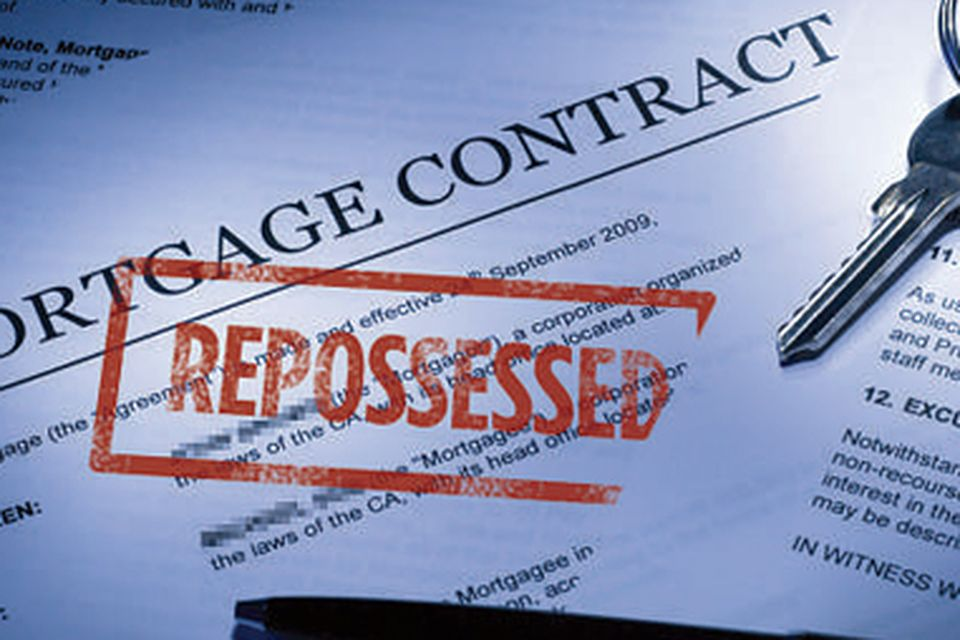How do I Stop Repossession Proceedings?

Facing repossession proceedings can be an overwhelming and stressful experience. However, it’s crucial to know that there are avenues available to stop repossession and regain control of your financial situation. In this blog post, we’ll address the question, “How do I stop repossession proceedings?” and shed light on the potential solution of using a bridging loan to navigate through these challenging times.
Understanding repossession proceedings
Repossession proceedings typically begin when a homeowner falls behind on mortgage payments. In such cases, the lender may take legal action to repossess the property to recover the outstanding debt. It’s a distressing situation, but there are steps you can take to intervene and prevent the repossession process from moving forward.
- Open communication with your lender: The first and most important step is to communicate openly with your lender. Explain your financial difficulties and demonstrate a willingness to find a solution. Some lenders may be open to renegotiating the terms of your mortgage or offering temporary relief.
- Seek professional advice: Consult with financial advisors or housing counsellors who specialise in foreclosure prevention. They can provide valuable insights, assess your financial situation, and guide you through available options.
- Consider a bridging loan: One effective strategy to halt repossession proceedings is to explore the option of a bridging loan. Bridging loans act as short-term financing solutions, providing the funds needed to settle outstanding mortgage arrears and stop the repossession process.
Using bridging loans to halt repossession:
Bridging loans can be a lifeline for homeowners facing repossession. Here’s how these loans can help:
- Immediate access to funds: Bridging loans offer a quick and straightforward application process, providing borrowers with swift access to the funds they need. This speed is crucial when dealing with repossession proceedings, as time is of the essence.
- Settling mortgage arrears: Bridging loans can be used to settle outstanding mortgage arrears, bringing your account up to date and preventing the repossession process from advancing further.
- Temporary financial relief: Bridging loans provide a temporary financial solution, giving homeowners the breathing room needed to address their financial challenges. This temporary relief allows you to explore long-term solutions without the immediate threat of repossession.
In conclusion
Stopping repossession proceedings requires proactive measures, and exploring a bridging loan is one such strategy that can provide swift and effective financial assistance. If you find yourself in a challenging situation, don’t hesitate to reach out to your lender, seek professional advice, and consider the option of a bridging loan to regain control of your financial future. Remember, timely action is crucial in preventing repossession, and there are resources available to help you navigate through these difficult times.




 0116 402 7982
0116 402 7982